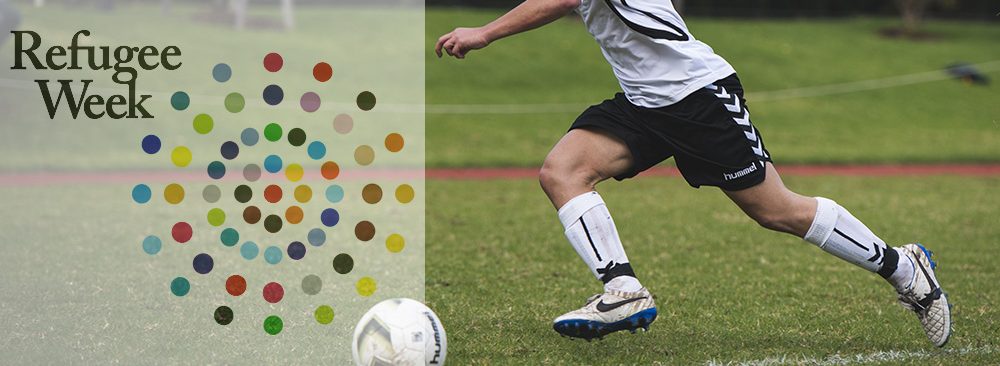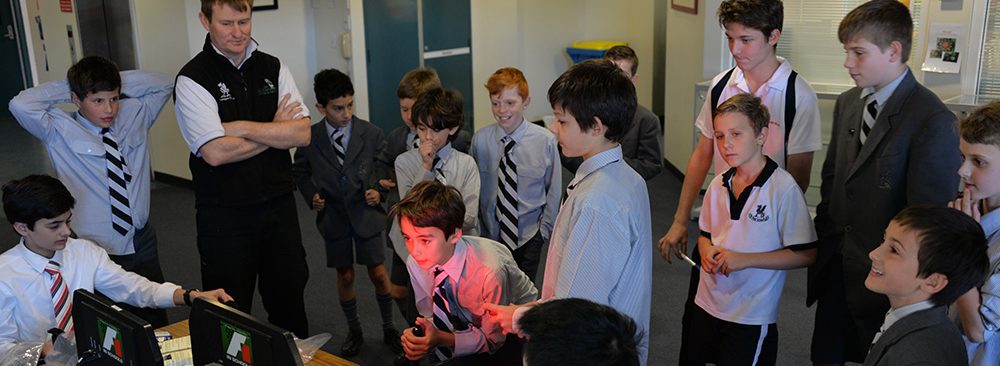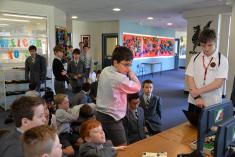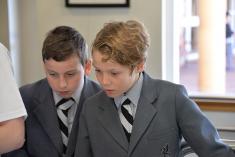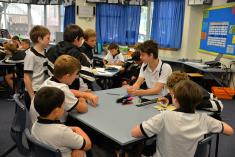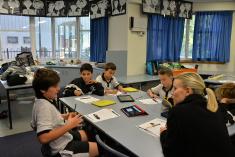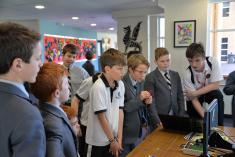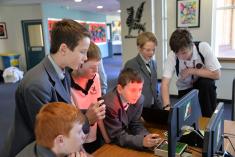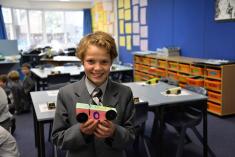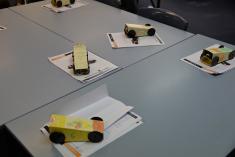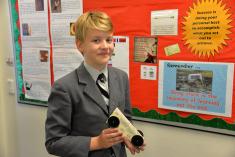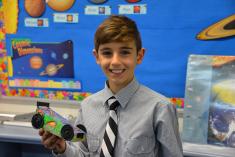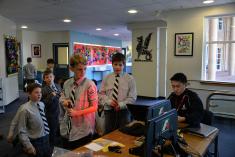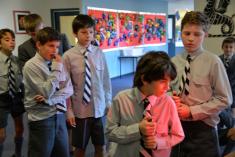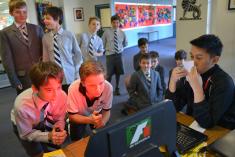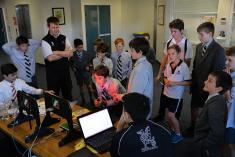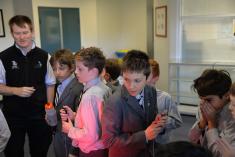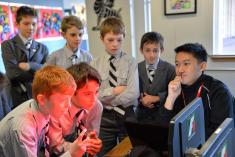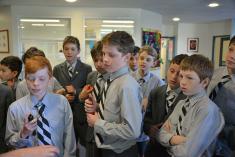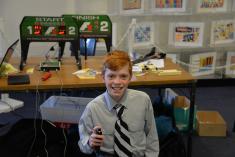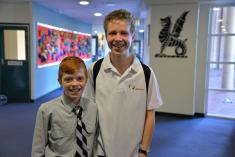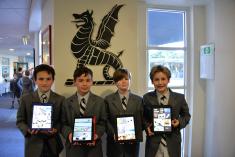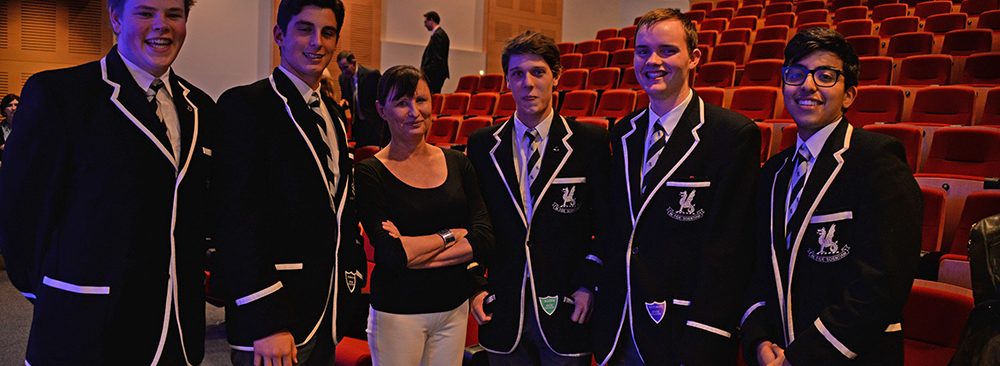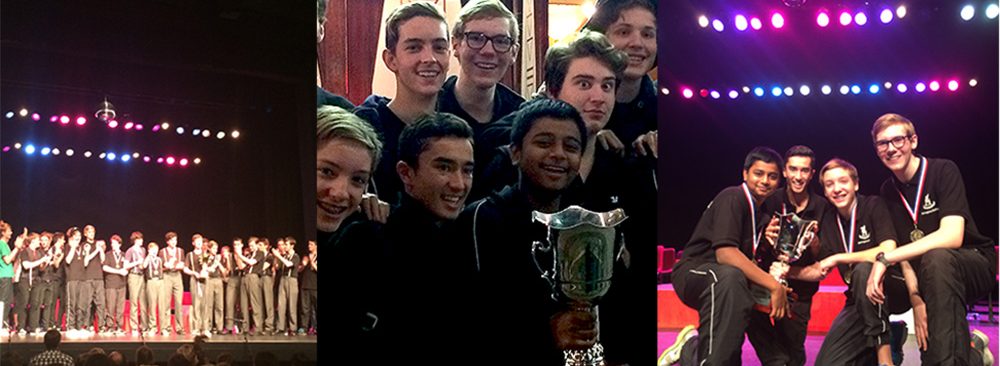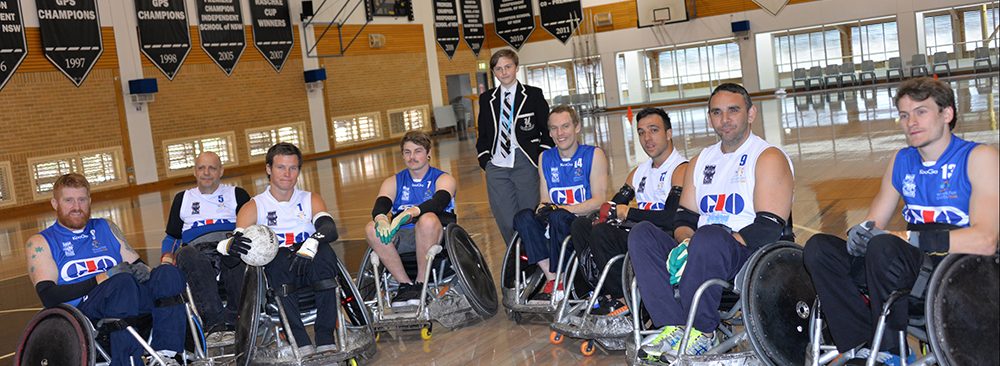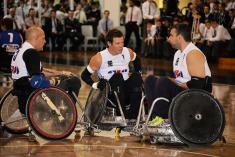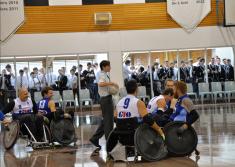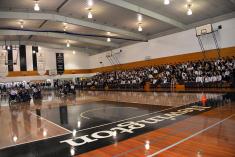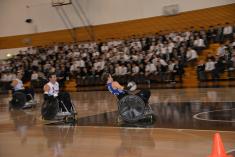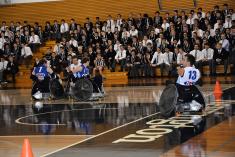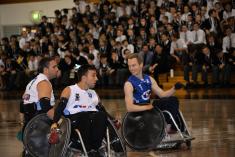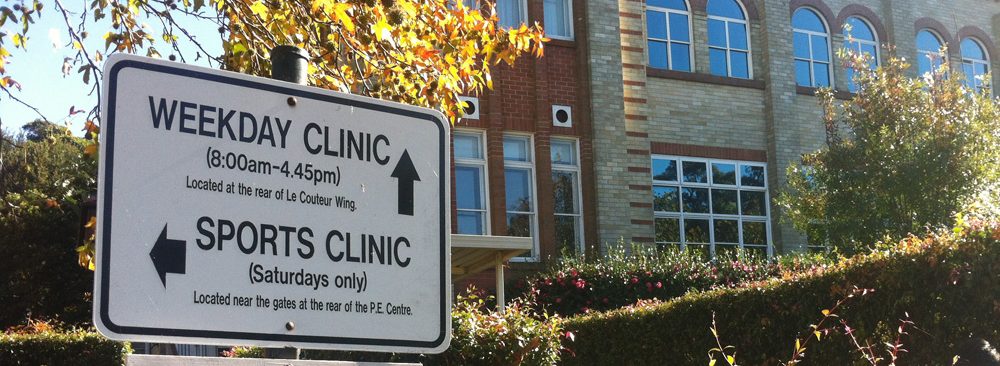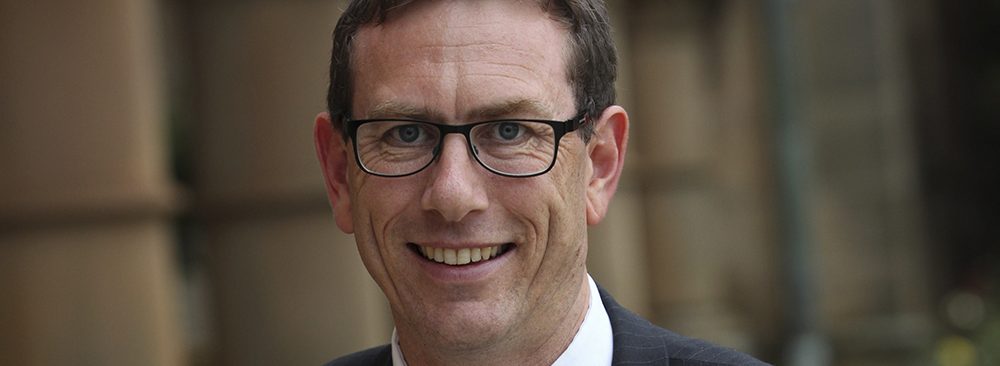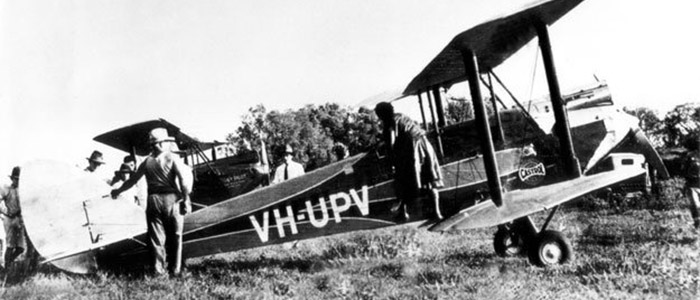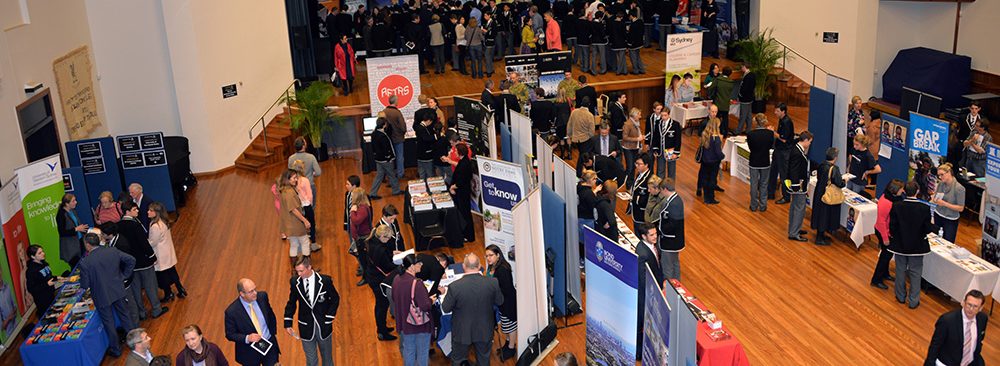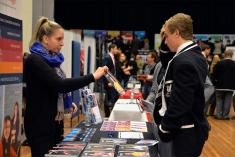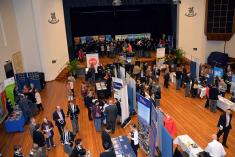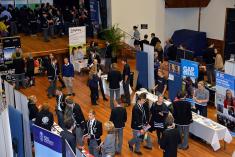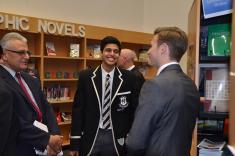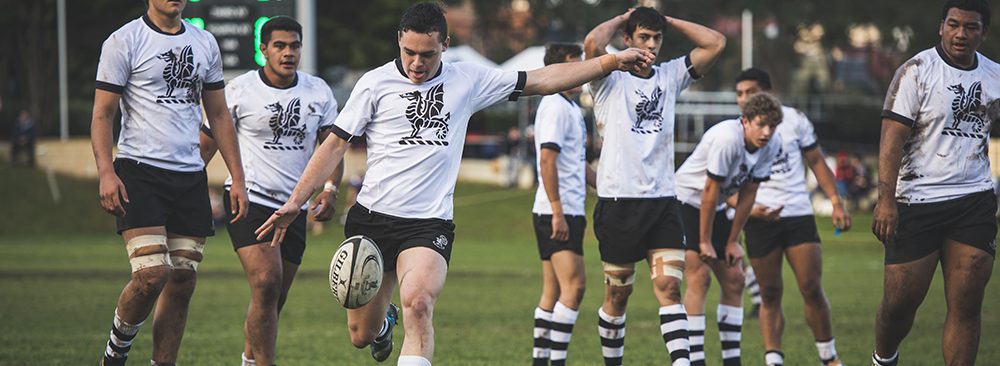Who Saves the Planet Now?
Despite the praise with which it has been met, the Intergovernmental Panel on Climate Change’s recent findings confirmed little more than we already knew. The debate surrounding anthropogenic global warming should by now have been buried. Of the 10, 855 climate studies published in peer-reviewed journals during 2013, only two rejected the consensus that the scientific community has held since the 1990s.
The problem that confronts the scientific community is no longer in debate; it is the translation of fact into public acceptance. In the USA, the world’s second highest emitter of Carbon Dioxide, 30 per cent of Government Representatives consider climate change to be a ‘myth.’ Of 233 House Republicans, 130 are of the same opinion. Amongst those who respect the findings of scientists, the most alarming perspectives on climate change appear. The facts may be true but surely it isn’t the responsibility of governments to take action? Marco Rubio, tipped to be a candidate in the 2016 Presidential Election, and a self-declared ‘man of modern science’ described what he sees as the futility of a governmental response to Global Warming: ‘The government can’t change the weather. We can pass a bunch of laws that will destroy our economy, but it isn’t going to change the weather.’ It is a depressing apathy which is common in political discourse, the interests of the economy override what is likely to be the most significant challenge the world has even known.
Debate around the consequences of inaction is often framed in abstract hypotheticals. We typically find issues with no obvious trajectory difficult to overcome. But by now we can be sure that if we fail to address the concerns the IPCC has outlined, the chance of long term survival for our species is negligible. In the next 20 years, the displacement of many millions of Bangladeshis, Indonesians and Pacific Islanders by rising sea levels will cause a refugee situation which will put Scott Morrison’s current rhetoric into perspective.
What can we do when our governments are beholden to populist, commercial interests which overlook the long term ramifications of climate change?
To begin, we must continue lobbying the system to reform from within. In the 1990s, groups of Australians took to the streets to protest ozone depletion in the atmosphere by Chlorofluorocarbons (CFC’s). In 1995, this culminated in the Keating administration passing a law to ban the use of these chemicals, significantly reducing Australia’s contribution to the ozone crisis. Since the public were made generally aware of the Climate Change consensus through the effecting of the Kyoto Protocol in 2005 and Al Gore’s Inconvenient Truth in 2006, Global Warming has gone from being a fringe issue in political discourse to one which all governments are expected to have a stance on. In Australia, the Rudd government was voted in on a policy agenda which for the first time saw a mainstream Australian political party taking a principled stand on international environmental issues.
Despite this good work, where the state can longer or will no longer fulfil its obligation to the environment often other groups and individuals must fill the void. This obligation is two-fold. Firstly, to make people aware of their own relationship with the environment. Then, to encourage individual and collective action to help reduce our environmental impact. At Newington, the environmental sustainability committee seeks to fulfil both parts of this responsibility. Last year’s presentations on water wastage opened the eyes of many to the huge costs of water overuse. Similarly, this year’s focus on our reliance on electricity and technology paves the way for wider discussion on how we might use the laptops and iPads which have radically changed our education with greater awareness of their environmental ramifications.
However, it is in taking action on the environment that we hope our most significant achievements will come. Following the proposal of Edmond Cheng (ON 2013) and Clyde Welsh (ON 2013) for the utilisation of solar energy, the school has now installed new solar panels to help reduce Newington’s emissions. This year’s tasks to encourage recycling, more appropriate water usage and sustainable transport to and from school are already well under way!
The governments of the world have failed in addressing the environmental needs of our generation and those to come. It now falls on individuals and extra-governmental groups to pick up the slack. Newington should seek to be a community on the right side of history when it comes to the environment and the significant moral challenges it presents.
For more articles like this, search for the Newington Sustainability Blog.
Sebastian Rees (12/PR)
Sustainability Committee


